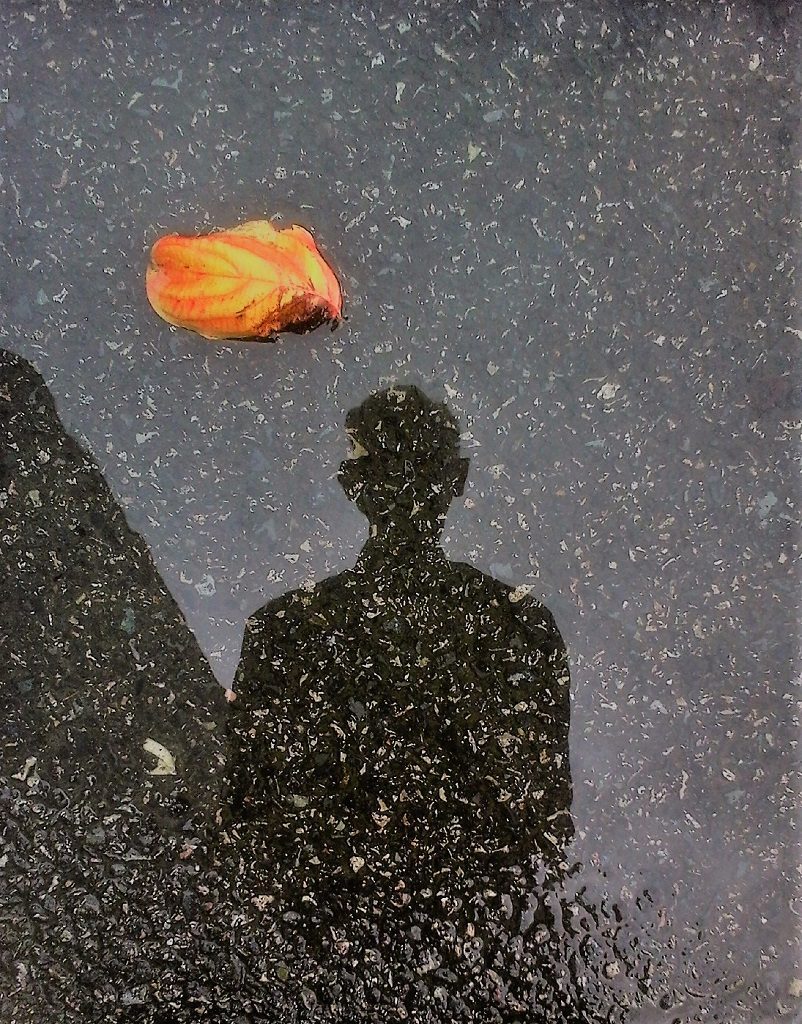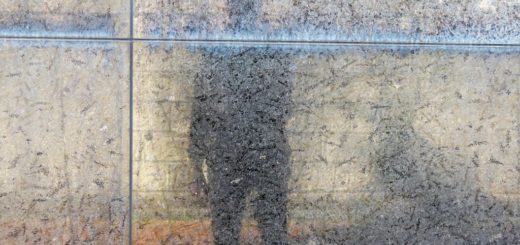Mirror as Art, Mirror as Mask
Last May, I took a stab at translating Jorge Luis Borges’ excellent poem, “Mirrors,” the voice and ideas of which I believed had not quite been captured by the previous translations I had read. It does not follow from this that I succeeded in capturing the poem’s essence any better than my predecessors; I am merely explaining my reasons for trying. You may read that translation and my accompanying essay about it here.
Some months back, an interesting gentleman contacted me to request permission to use my version of “Mirrors” in the context of a broader analysis of its themes (imitation and reality, fear and vanity, surface and depth) on his YouTube channel. After investigating his channel — I have learned from experience never to consent to having my name or work associated with anyone without verifying the person’s seriousness and sincerity first — I gave my permission very happily. Dr. Paul A. Taylor is one of those educated gentlemen who describe themselves as “recovering academics,” but unlike others I have known who adopted that ironic self-description, he does not use it as a thin veil of bona fides to rationalize a new career of slumming in the realms of popular opinion and tribal fan-baiting. Rather, his YouTube channel, titled “Readers of the Lost Art,” features hour-long, lecture-like discussions of literature, painting, and philosophy, replete with helpful images and quotations, all presented in an intellectually uncompromising way that is the very opposite of YouTube’s standard clickbait mode of “content creation.” And I place that phrase in scare quotes because most of what falls into that fashionable social media category consists of form without content and “creativity” without substantial result — shapes and colors that are all surface and about as meaningful or memorable as the tenth shot of those convenience store Roman candles we used to light in backyard fireworks displays, the dud that sends a slight reddish glow barely three feet into the air while quickly fizzling out.
The video in which Taylor utilizes my translation of Borges is entitled “The Artistic Philosophy of Mirrors — Psychological Reflections,” and is an evocative discussion of the traditional notion of art as “the mirror of nature,” looking at the mirror itself (literal and figurative) and its implications. Using Borges and certain modern visual artists as his psychological lenses, he contrasts the Shakespearean understanding of art as the mirror that reveals us with our current vanity-obsessed infatuation with images, mostly of oneself, which not only fail to reveal anything at all, but in fact erase all notions of revelation, all hints that there could be anything more to see than those endless repetitions of the surface falsehood of self-importance.
An hour in the company of an intelligent interlocutor and engaging teacher is an hour well spent, and the juxtaposition of great literature and thematically related paintings, which is one of Taylor’s special enthusiasms, is always intriguing and thought-provoking.



